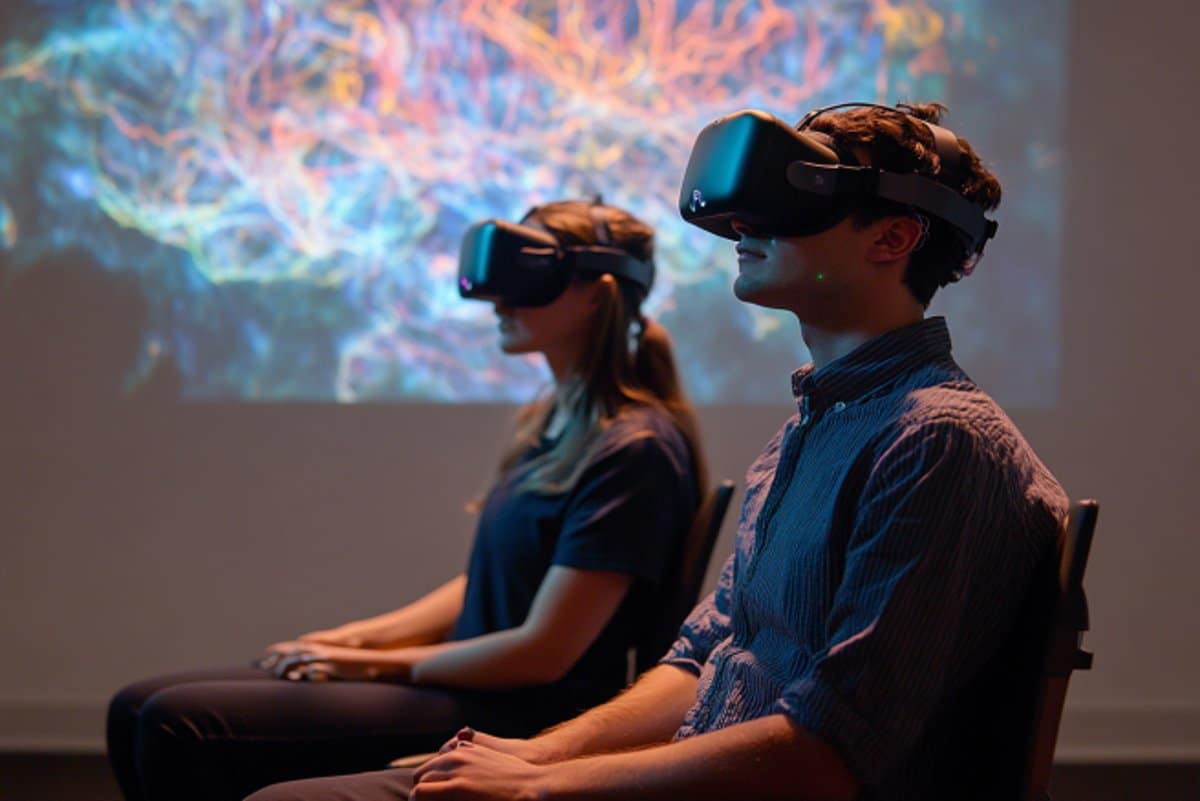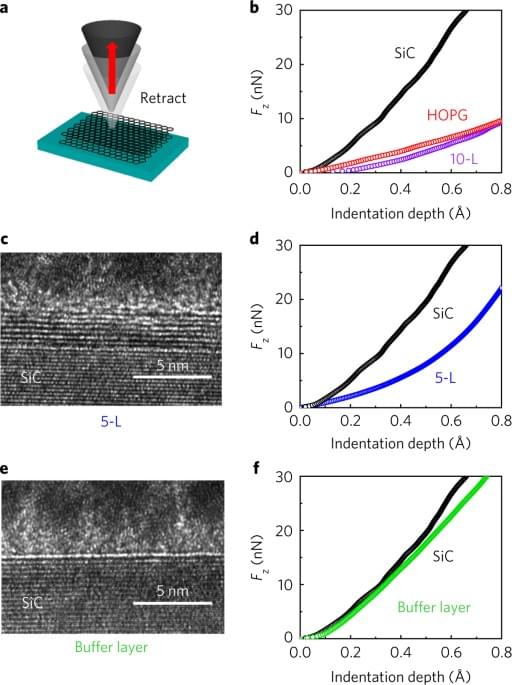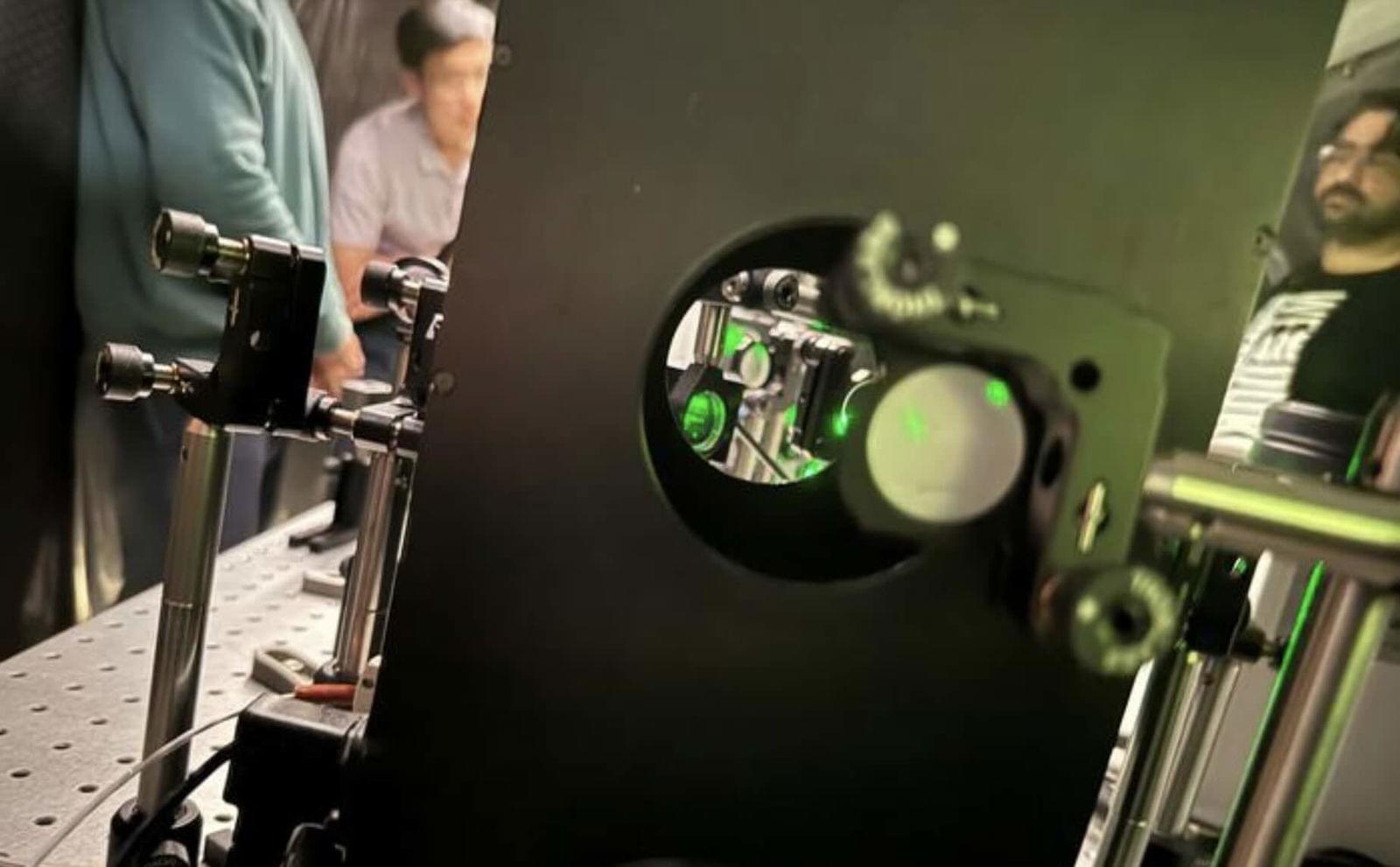As the world races to move away from fossil fuels, new research has uncovered an extraordinary and nearly untapped energy source hiding in plain sight— ocean currents. According to a landmark study by researchers at Florida Atlantic University (FAU), ocean currents can generate 2.5 times more power than wind farms. Even more stunning is their near-constant energy flow, making them one of the most reliable clean energy sources on Earth.
This isn’t a distant dream or a futuristic concept—it’s science-backed, data-verified, and happening now.
Ocean currents are massive, steady flows of water driven by a mix of wind, the Earth’s rotation, temperature gradients, and salinity differences. Unlike wind or solar energy, which vary with weather and daylight, ocean currents flow predictably and consistently year-round.








